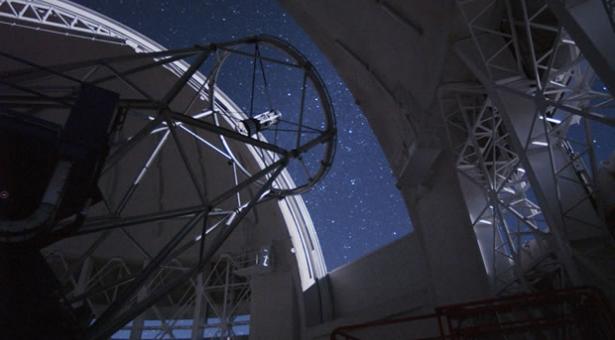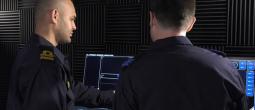

A key aspect of the ISDC’s mission is deep space exploration. The ability to explore stellar systems and phenomenon at close range is expected to provide unparalleled insights into our universe in a way that long-range telescopy cannot.
The technology being harnessed by the ISDC with the construction of Earth’s first deep space vessel will make extensive exploration within our galaxy possible. Scientists will be able to visit stars and orbit the planets thought to be contained within them, gaining valuable first-hand data where only theoretical conjecture was previously possible.
The ISDC’s leading astronomers, astrophysicists and planetary-science experts speculate that a host of new phenomena not even visible from Earth will be discovered, potentially re-writing scientific texts for years to come. To achieve this, the ISDC’s vessel will be designed as a scientific platform, replete with sensors and instruments that will allow near-range, orbital and even planet-side analysis possible.
Strange New Worlds
Recent evidence suggests that there are far more potentially habitable planets in the galaxy than previously thought, opening up the possibility of making contact with other sentient races.
“Even without the chance of meeting new civilisations, the ability to explore different planetary systems as closely as we can Earth will be of mind-blowing significance,” says Dr Leandro Hogan, a geophysics specialist within the ISDC’s Planetary Science division.
“I can’t tell you how exciting it will be to see data come through the sensors from our first orbital scans outside the solar system. For a scientist it’s a once in a lifetime opportunity.”
The vessel will have the capability of sending exploration teams to the surface of suitable planets, although whether any will be found remains uncertain.
“Given the sheer number of star systems that will now be in reach, I’m confident we’ll find them,” says Hogan.
“The trick will be figuring out where’s best to look first.”
Getting There... and Back
Currently the ISDC is making clandestine use of major telescope arrays around the world to create stellar ‘maps’ that will assist with navigation once the vessel is outside the familiar confines of our solar system. The ability to pinpoint the vessel’s location from vastly different areas of the galaxy will be vital to the success of the mission.
“Traditional, long-range astronomy will still have a role,” according to Dr Zoe Lindquist, an astronomy specialist working on the ISDC’s stellar cartography project.
“Knowing how to get where you’re going next – or even how to get home – needs new techniques and approaches to astronomical navigation that we’ve never really seen before.”








